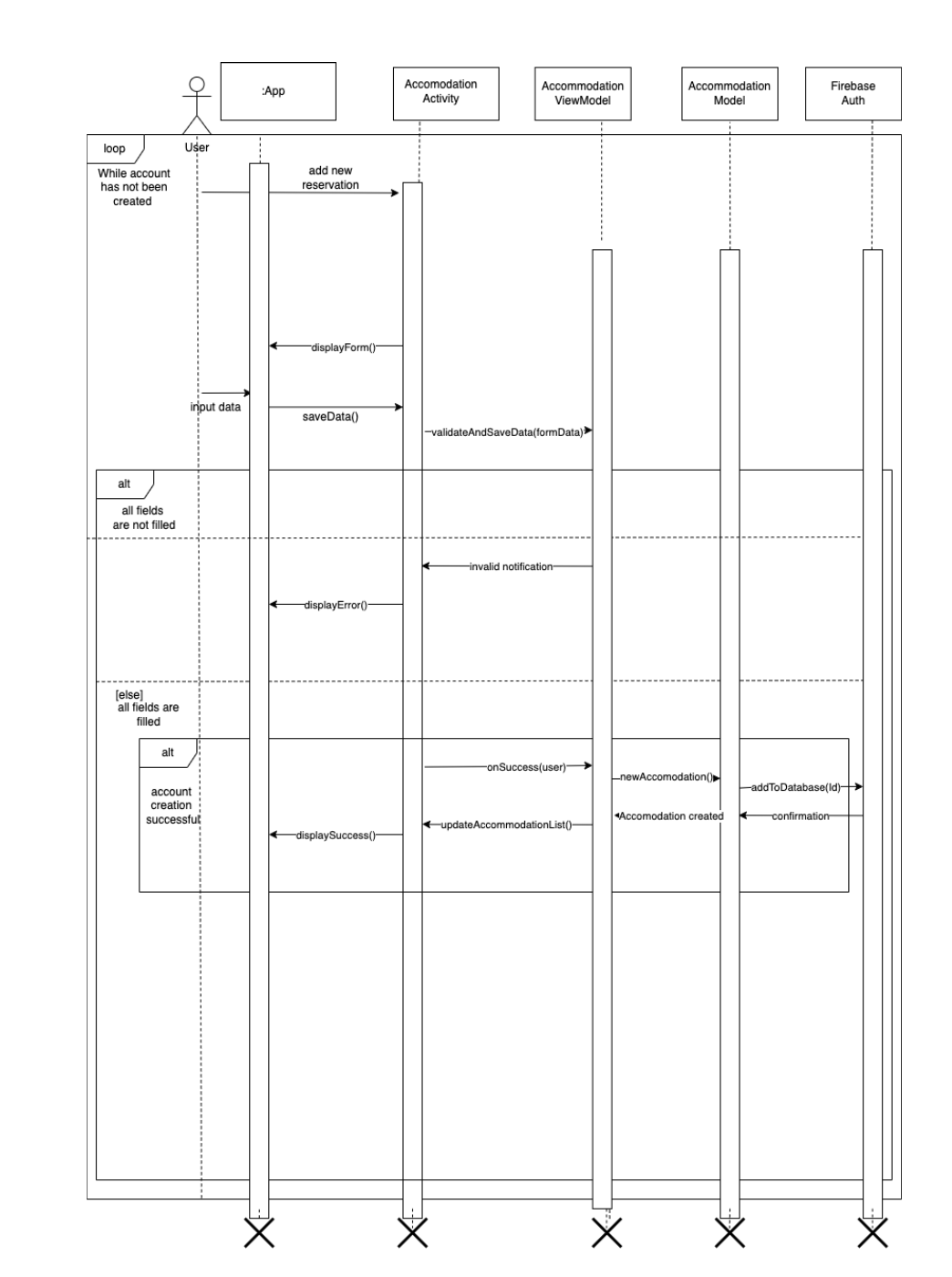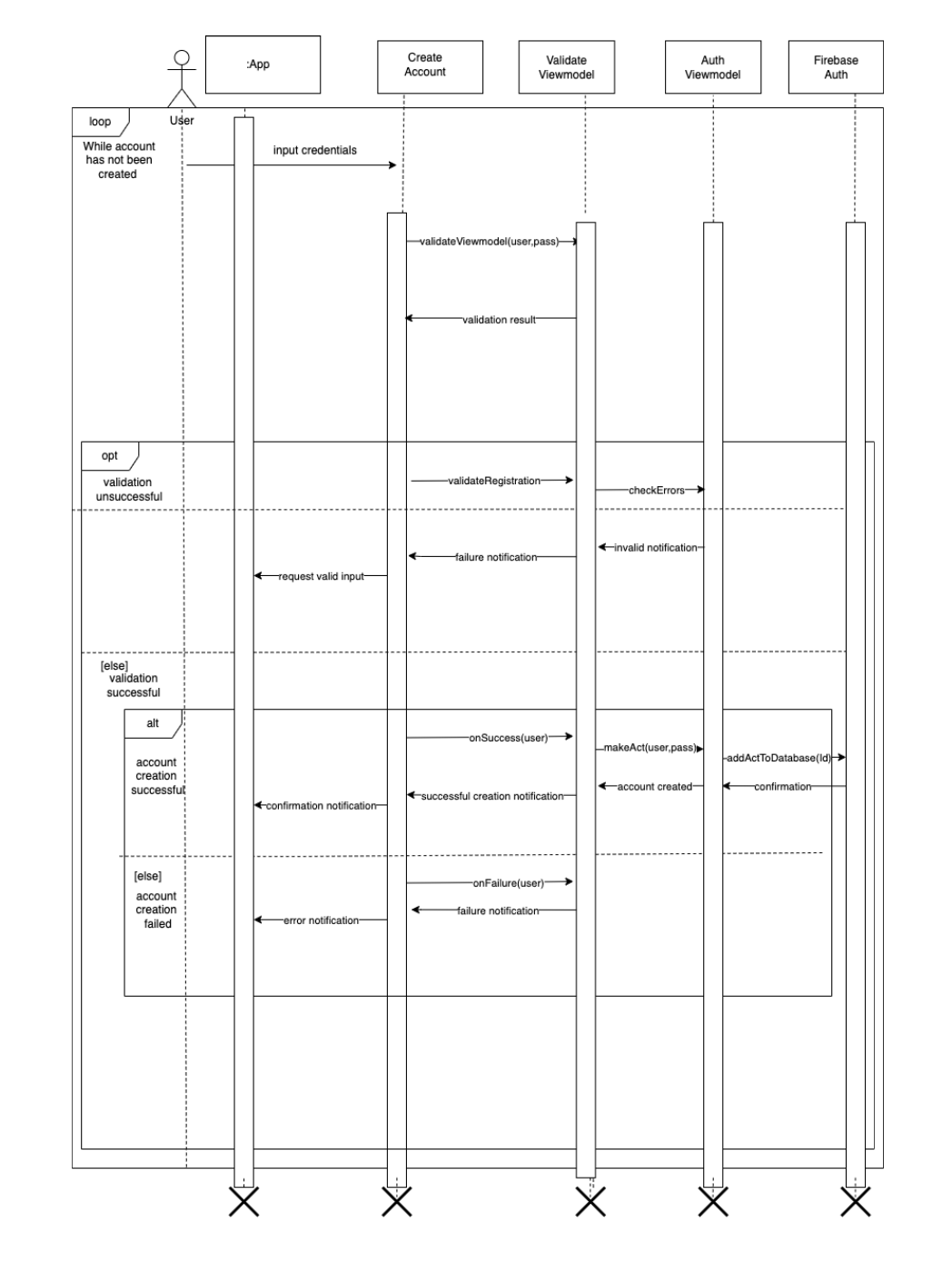CS2340D_Team29
🎒🌍 CS2340 Group 29: WanderSync!
Introduction
Welcome to WanderSync: A Collaborative Travel Management System! ✈️🗺️
WanderSync is designed to simplify and enhance the process of creating and managing travel itineraries for both solo travelers and groups. Our goal is to provide an intuitive and comprehensive platform that allows users to plan, organize, and synchronize all aspects of their travel experiences seamlessly.
With a strong focus on user-friendly functionality and real-time collaboration, WanderSync empowers users to contribute to travel plans effortlessly. The app integrates essential travel details such as destinations, transportation options, accommodations, dining reservations, and personal notes into one cohesive interface. Users can share updates, create shared travel agendas, and synchronize changes with group members in real time. 🔄
Key Features of WanderSync include:
- 🔒 Secure user authentication to ensure data privacy.
- 📅 Efficient itinerary management tools for organizing destinations and travel dates.
- 👥 Collaborative planning capabilities that allow users to invite others to participate in trip modifications.
- 📊 Data visualization tools to help users compare planned versus allocated vacation days.
- 🌐 A travel community feature where users can share and explore itineraries for inspiration.
The project is being developed in four sprints, with each phase focusing on expanding and refining its functionality. From establishing foundational features to integrating advanced tools like a travel community database, WanderSync is a comprehensive solution designed for modern travelers who want to streamline and enhance their travel planning process.
Design & Architecture 🛠️
Below are two use case diagrams illustrating some of the many use cases and functionalities WanderSync offers:


The architecture of WanderSync is modular and scalable, emphasizing separation of concerns and maintainability. Our app revolves around a Model-View-ViewModel (MVVM) pattern, where activities and fragments serve as the UI (View) components, interacting with the ViewModel to manage the UI-related data.
The data layer is handled by Firebase, which stores user and destination data, with Firebase Realtime Database being used to store user-specific travel information like destinations, dates, and other trip-related details. The app also follows best practices for handling asynchronous operations with listeners (e.g., ValueEventListener), ensuring smooth data synchronization with Firebase, and minimizing memory issues, as demonstrated by our focus on using addListenerForSingleValueEvent.
This architecture facilitates a clean, efficient, and responsive design that aligns with software engineering principles such as modularity, scalability, and maintainability.
User Interface (UI) 🎨
Take a sneak peek at our user-friendly interface:


Functionality 🚀
Check out our Video Demonstration to see WanderSync in action! 🎥
Click the link above to watch the video.
Conclusions & Learnings 📚
The development of WanderSync has been a rewarding journey of growth and learning for our team. One of the most significant challenges we faced was designing an authentication system that seamlessly integrates user invitations and role-based access. Understanding the intricate dynamics of secure user management and implementing a feature where invited users can accept invitations to join a planning page was both challenging and educational.
The project’s real-world application of Firebase for authentication and data management reinforced the importance of scalable and secure backend systems. We also gained deeper insights into user experience design, ensuring the invitation and acceptance processes are intuitive for all users.
Team Contributions 🤝
- Aditi and Tanya: Implementation of the logistics screen, vital for features like the visualization of travel days and inviting users to collaborate.
- Vrinda: Development of the accommodation screen, adding seamless management of lodging reservations, ensuring a clear and organized interface.
- Afsheen: Creation of the dining screen, providing users with a smooth reservation experience.
- Sid and Nedu: Delivery of a functional travel community screen and providing technical support across other screens.
This project honed our problem-solving skills, especially when dealing with complex relationships between users, permissions, and access control. It has also been a testament to the value of collaborative planning, as designing features like shared trip modifications required a user-centric mindset and attention to detail.
This project has deepened our understanding of Android Studio development and backend integration, and enhanced our ability to design systems that facilitate collaboration, an invaluable skill for future endeavors.
